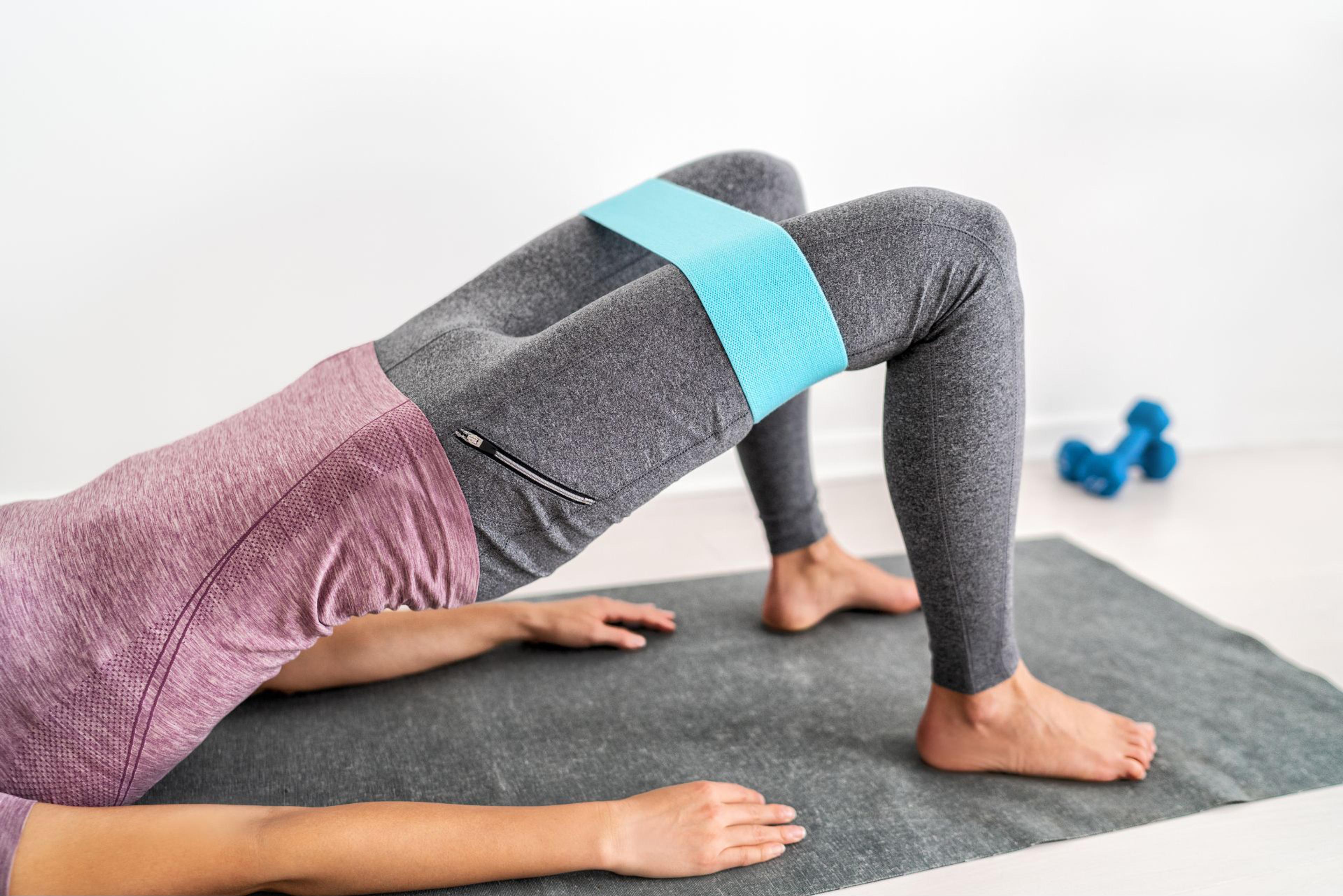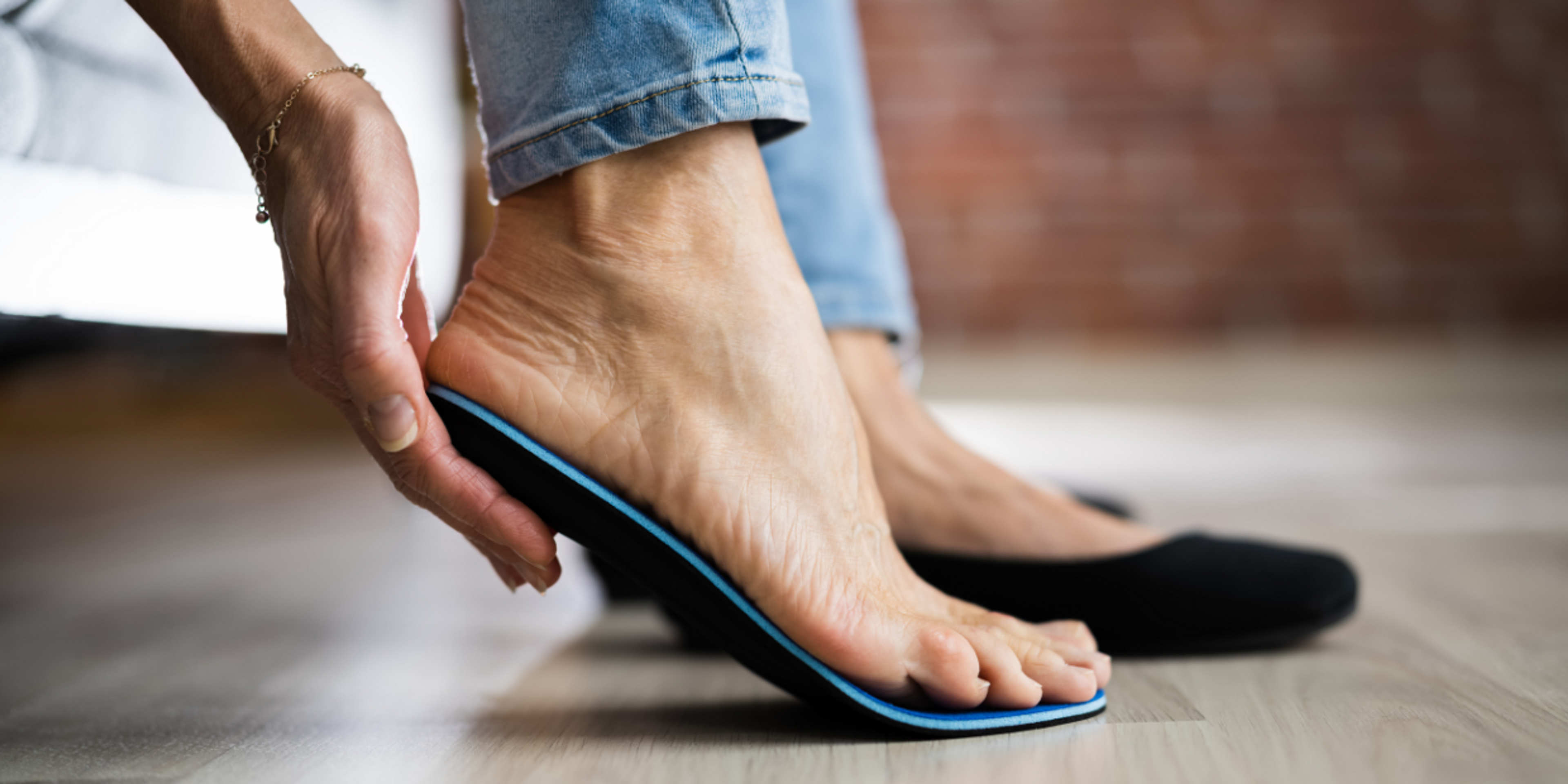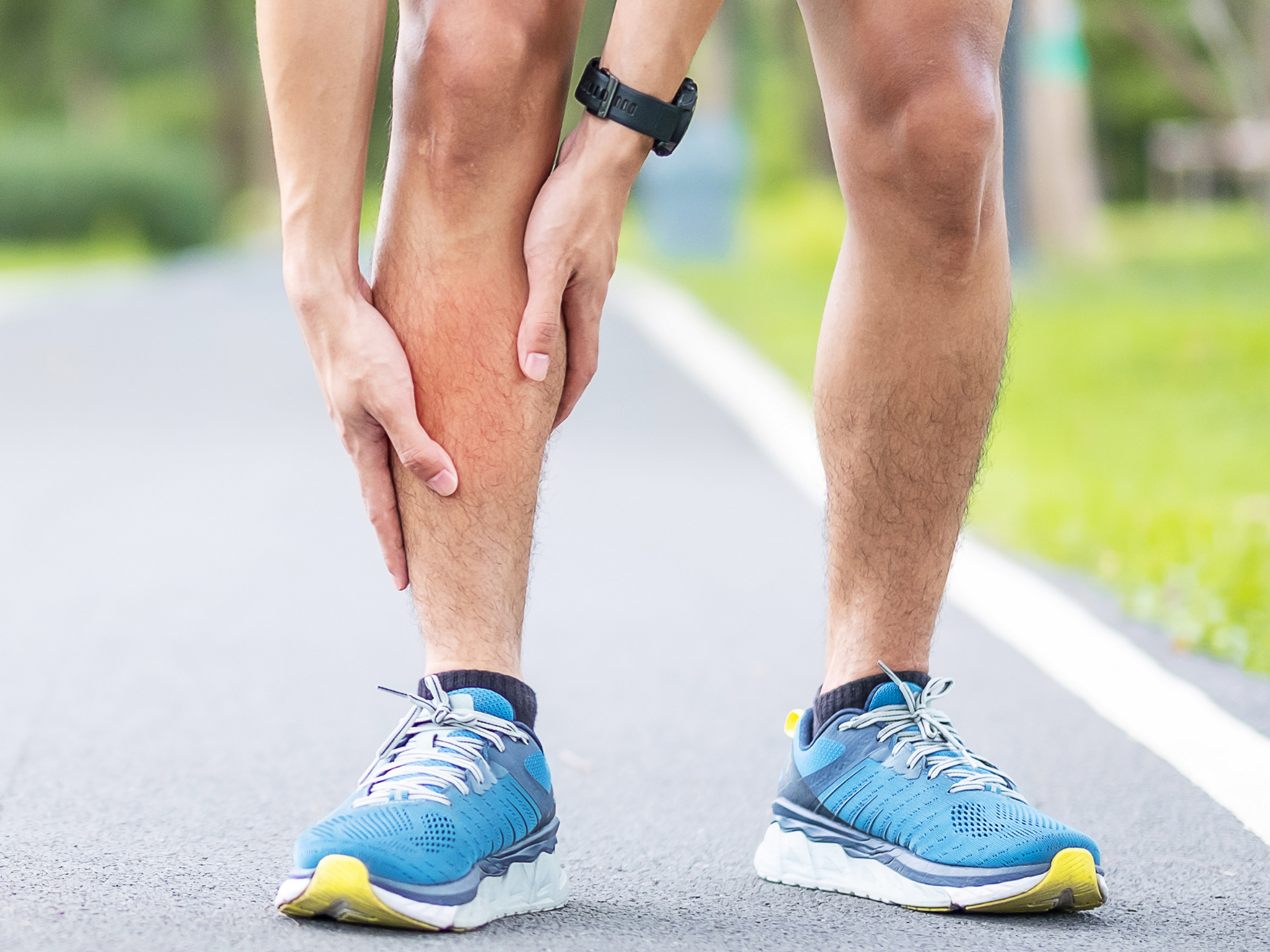Shin splints: A step-by-step exercise rehab plan for runners
Quick recap - What is shin splints?
Shin splints is an overload injury. It develops when too much force goes through the shinbone or through excessive tugging and pulling on the bone where the muscles attach.
We've previously discussed the pros and cons of all the treatments you can use for shin splints.
The most effective approach supported by the research is following a graded rehab plan that slowly increases in intensity until you can ease back into running. So, let's look at what this entails.
Key elements for effective shin splints rehab
For a rehab plan to be effective and minimize your risk of injury flare-ups, it must be dynamic, tailored to your specific situation, and address the cause of your shin splints.
It's crucial that the exercises and activities you start with match:
- Your injury's current stage of healing,
- Its sensitivity to load and movement,
- And strength.
If they are too advanced or strong, they are likely to make your symptoms worse.
What we mean by a "dynamic" rehab plan is that the intensity of the exercises and other activities must be adjusted in response to changes in your symptoms and stages of healing.
For example, if specific exercises trigger your pain, they should be adjusted or substituted with more appropriate ones. To make a full recovery, your exercises must also increase in difficulty as your shin splints recover until you regain the strength and control you need for running.
People often make the mistake of only focusing their rehab on the areas close to the injured area. With shin splints, poor movement patterns usually contribute to overloading the shin.
There's evidence that in addition to strengthening your calves, improving your hip and core strength and stability can also help. Foot and ankle exercises can also help reduce overpronation.
We've designed the Shin Splints Rehab Plan in the Exakt Health app with all these elements in mind. The App offers personalized guidance and evidence-based tips for smoothly and effectively managing shin splints. You can start using it at any stage of your recovery, and the App will adjust to your current condition, helping you progress towards a full return to running.
The different stages of shin splints rehabilitation
In our experience, dividing your shin splints recovery plan into stages, each with specific rehab goals, can help one stay motivated and make it easier to know when it's safe to progress.
Here's how we do it in the App:
STAGE 1 - Build your base
Overuse injuries like shin splints often require a period of rest to allow them to recover. You don't need me to tell you this can be extremely frustrating. The good news is that you usually don't have to stop all activities - you simply need to adjust them so they don't load your shins.
Rehab goals:
- Allow your injury to settle and healing to start — by reducing or adjusting your activities and exercises so they don't increase your symptoms.
- Start strengthening the muscles that improve your movement patterns in positions that don't load your shins — typically your hip, core, foot, and ankle muscles.
- It is usually best to avoid any exercises that directly load the shins or strongly stretch the attached muscles during this early stage. Examples include sit-ups, russian twists, clams, and bridges.
- Maintain your cardiovascular fitness through low-load activities — you can find cross-training advice for shin splints here.
STAGE 2 - Start gentle loading
One of the main reasons people experience shin pain flare-ups is that they jump into heavy strength training or stretching too quickly. We find that focusing on regaining calf strength in positions that don't cause a strong stretch on those tissues helps minimize the risk of flare-ups.
Rehab goals:
- Start targeted exercises that load the calf muscles in positions that don't cause a strong pull (stretch) on the injured area, e.g., heel raises to floor level.
- Continue working on core, hip, and ankle control in positions that don't load the shins.
- Continue low-load cross-training activities to maintain your fitness — we've explained why it's best to postpone running in this article.
STAGE 3 - Restore full range strength
It's estimated that when we run, forces equivalent to several times our bodyweight go through our calves. It is, therefore, essential that your rehab plan progresses to include heavy strength training.
Rehab goals:
- Restore your calves' ability to tolerate heavy loads through their full range of movement, e.g., using weighted calf raises over the side of a step.
- Achieve good balance, strength, and control in more functional positions.
- Restore your shins' slow-walking endurance — to run, you must first be able to walk pain-free.
STAGE 4 - Develop explosive strength
Plyometric exercises (jumping and hopping) represent how our bodies function when we run more closely than strength training. It's essential to restore your shins' ability to cope with these types of forces before you get back to running.
Rehab goals:
- Restore your body's ability to produce, absorb, and control explosive movements — typically achieved through various hopping and jumping exercises.
- Continue building calf and general leg strength and control.
- Restore your injured leg's brisk-walking endurance.
STAGE 5 - Return to running
Rehab exercises can't fully restore the strength and endurance you need for running. That's why, instead of going for a continuous run, it's better to ease back into it with short run-walk intervals.
Rehab goals:
- Safely ease back into running with a run-walk plan — look at the rehab plan in the App for an example of how this works.
- Maintain the strength, control, and mobility you achieved in the previous stages.
STAGE 6 - Build easy-run endurance
As a runner, you'll already know that fast running takes much more effort and works the body much harder than easy-paced running. One way to reduce the chances of shin splints recurring is to focus on restoring your body's easy-run endurance first.
Rehab goals:
- Increase your running volume slowly until your easy runs match your preinjury level.
- Maintain your mobility, strength, and control with regular workouts.
STAGE 7 - Intensity and speed
It's time to regain and exceed your previous level of performance.
Rehab goals:
- Improve your running performance and speed through high-intensity workouts, slowly ramping the intensity up over several sessions.
- Continue a maintenance dose of mobility and strength workouts.
How we can help
The Exakt Health app provides a comprehensive and adaptive approach to shin splints rehabilitation. It ensures your rehab exercises perfectly match your current condition, adjusting the intensity based on your progress and feedback.
This dynamic program not only helps you recover efficiently but also minimizes the risk of re-injury. Start your personalized rehab journey today with the Exakt Health app and take the first step towards pain-free running.



